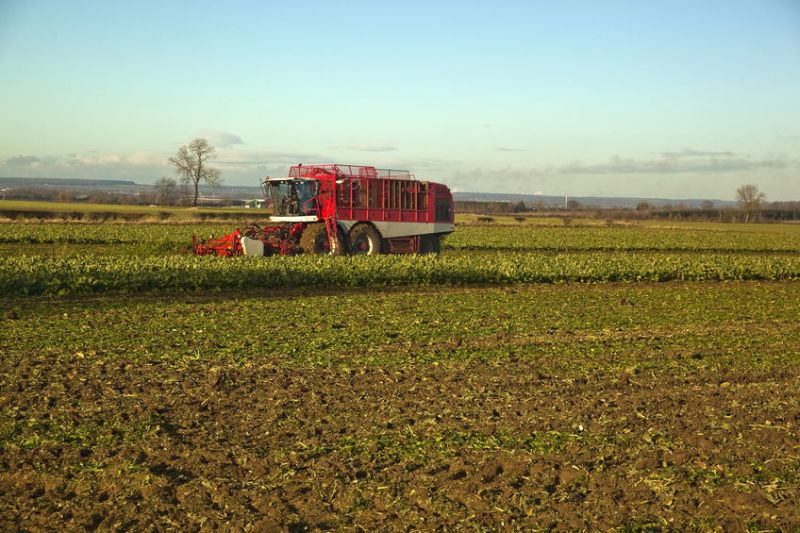
The 2019 virus yellows forecast is 'high' and shows the consequence of the mild winter and the exceptionally warm conditions experienced at the end of February.
The virus attacks sugar beet, with symptoms including circular yellow patches appearing in the crop and the outer leaves of infected plants showing yellow between the veins.
There are three main yellowing viruses that damage the UK beet crop: Beet yellows virus, Beet mild yellowing virus and Beet chlorosis virus.
The forecast, released by the British Beet Research Organisation (BBRO), highlights the potential level of virus at the end of August from three drilling dates in the northern and eastern regions of the UK.
Aphid activity continues to be reported and on-farm hygiene remains 'essential' to remove potential sources of virus.
The forecast also marks the first time in 25 years that neonicotinoid seed treatments have not been used to protect the crop.
Because of this, timely applications of aphicides, good crop hygiene, crop monitoring and ensuring the crop reaches the 12-leaf stage as quickly as possible will all be 'crucial' in minimising virus risk in 2019, BRRO says.
